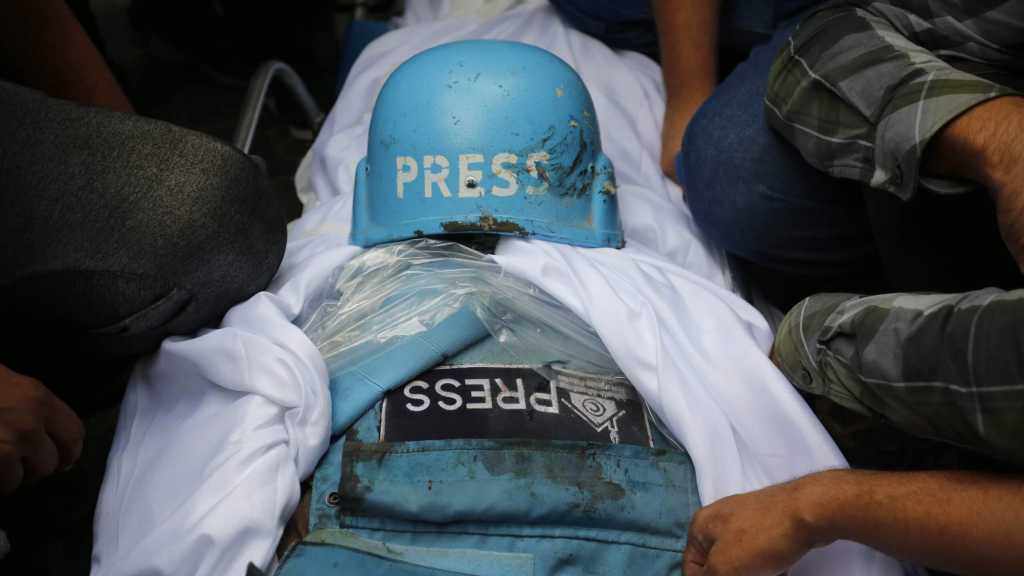US economy receding ~ oil at $105 ~ Wars cost US $12bn a month

Source: alalam.ir, 10-03-2008
Oil prices stayed above $105 in Asian trade Monday but were off last week's record levels amid fresh concerns over the US economy, the world's biggest energy user, dealers said.
In early morning trade, New York's main contract, light sweet crude for April delivery, fell 13 cents to $105.02 a barrel from Friday's close of 105.15 in New York.
Last Friday's bleak jobs report showed US employers cut 63,000 positions in February, marking the biggest monthly loss in non-farm payrolls in five years, and sparking new fears of a US recession.
The prices rose to a record above $106 a barrel in the previous session on the weak US jobs report that fueled hopes the Federal Reserve will continue cutting interest rates.
The defusing of tensions between oil producers Venezuela and Colombia over the weekend also helped ease crude prices.
Light, sweet crude for April delivery lost 35 cents to $104.80 a barrel in Asian electronic trading on the New York Mercantile Exchange by midday in Singapore.
Heating oil futures lost 0.05 cent to $2.9465 a gallon (3.8 liters) while gasoline prices added 0.17 cent to $2.696 a gallon.
Natural gas futures lose 0.09 cent to $9.76 per 1,000 cubic feet.
Meanwhile, the flow of blood may be ebbing, but the flood of money into the Iraq war is steadily rising, new analyses show.
In 2008, its sixth year, the war will cost approximately $12 billion a month, triple the "burn'' rate of its earliest years, Nobel Prize-winning economist Joseph E. Stiglitz and co-author Linda J. Bilmes report in a new book.
They project the Iraq and Afghan wars, including long-term US military occupations of those countries, will cost the US budget between $1.7 trillion and US$2.7 trillion--or more--by 2017.
Interest on money borrowed to pay those costs could alone add $816 billion to that bottom line, they say.
The nonpartisan Congressional Budget Office (CBO) has done its own projections and comes in lower, forecasting a cumulative cost by 2017 of $1.2 trillion to $1.7 trillion for the two wars, with Iraq generally accounting for three-quarters of the costs.
The auditors of the Government Accountability Office say: ''Variations in such estimates stem from the sliding scales of assumptions, scenarios and budget items that are counted. But whatever the estimate, the cost will be huge.''
In a Jan. 30 report to Congress, the GAO observed that the US will be committing "significant'' future resources to the wars, "requiring decision makers to consider difficult trade-offs as the nation faces an increasing long-range fiscal challenge.''
Spokesman Niels Buenemann of the International Monetary Fund said: ''No one has tried to calculate the economic damage done to Iraq,'' and he added, ''But millions of Iraqis have been left without jobs, and hundreds of thousands of professionals, managers and other middle-class citizens have fled the country.''
In their book, "The Three Trillion Dollar War,'' Stiglitz, of Columbia University, and Bilmes, of Harvard, report the two wars will have cost the US budget $845 billion in 2007 by next Sept. 30, end of fiscal year 2008, assuming Congress fully funds Bush administration requests.
Although American military and Iraqi civilian casualties have declined in recent months, the rate of spending has shot up.
A fully funded 2008 war budget will be 155 percent higher than 2004's, the CBO reports.
Both the CBO and Stiglitz-Bilmes construct two scenarios, one in which US troop levels in Iraq and Afghanistan drop sharply and early _ to 30,000 by late 2009 for the CBO, and to 55,000 by 2012 for Stiglitz-Bilmes _ and a second in which the drawdown is more gradual.
The CBO calculating possible costs met in the next 10 years, while Stiglitz and Bilmes also include costs incurred during that period but paid for later, such as equipment replaced in post-2017 budgets.
This factor figures most in the category of veterans' medical care and disability payments, where the CBO foresees $9 billion to $13 billion (6 billion to 8.5 billion) in costs by 2017.
Stiglitz and Bilmes, meanwhile, project $422 billion to $717 billion (274 billion to 465.07 billion) in costs over the lifetime of soldiers who by 2017 are wounded or otherwise mentally or physically disabled by the wars.
Oil prices stayed above $105 in Asian trade Monday but were off last week's record levels amid fresh concerns over the US economy, the world's biggest energy user, dealers said.
In early morning trade, New York's main contract, light sweet crude for April delivery, fell 13 cents to $105.02 a barrel from Friday's close of 105.15 in New York.
Last Friday's bleak jobs report showed US employers cut 63,000 positions in February, marking the biggest monthly loss in non-farm payrolls in five years, and sparking new fears of a US recession.
The prices rose to a record above $106 a barrel in the previous session on the weak US jobs report that fueled hopes the Federal Reserve will continue cutting interest rates.
The defusing of tensions between oil producers Venezuela and Colombia over the weekend also helped ease crude prices.
Light, sweet crude for April delivery lost 35 cents to $104.80 a barrel in Asian electronic trading on the New York Mercantile Exchange by midday in Singapore.
Heating oil futures lost 0.05 cent to $2.9465 a gallon (3.8 liters) while gasoline prices added 0.17 cent to $2.696 a gallon.
Natural gas futures lose 0.09 cent to $9.76 per 1,000 cubic feet.
Meanwhile, the flow of blood may be ebbing, but the flood of money into the Iraq war is steadily rising, new analyses show.
In 2008, its sixth year, the war will cost approximately $12 billion a month, triple the "burn'' rate of its earliest years, Nobel Prize-winning economist Joseph E. Stiglitz and co-author Linda J. Bilmes report in a new book.
They project the Iraq and Afghan wars, including long-term US military occupations of those countries, will cost the US budget between $1.7 trillion and US$2.7 trillion--or more--by 2017.
Interest on money borrowed to pay those costs could alone add $816 billion to that bottom line, they say.
The nonpartisan Congressional Budget Office (CBO) has done its own projections and comes in lower, forecasting a cumulative cost by 2017 of $1.2 trillion to $1.7 trillion for the two wars, with Iraq generally accounting for three-quarters of the costs.
The auditors of the Government Accountability Office say: ''Variations in such estimates stem from the sliding scales of assumptions, scenarios and budget items that are counted. But whatever the estimate, the cost will be huge.''
In a Jan. 30 report to Congress, the GAO observed that the US will be committing "significant'' future resources to the wars, "requiring decision makers to consider difficult trade-offs as the nation faces an increasing long-range fiscal challenge.''
Spokesman Niels Buenemann of the International Monetary Fund said: ''No one has tried to calculate the economic damage done to Iraq,'' and he added, ''But millions of Iraqis have been left without jobs, and hundreds of thousands of professionals, managers and other middle-class citizens have fled the country.''
In their book, "The Three Trillion Dollar War,'' Stiglitz, of Columbia University, and Bilmes, of Harvard, report the two wars will have cost the US budget $845 billion in 2007 by next Sept. 30, end of fiscal year 2008, assuming Congress fully funds Bush administration requests.
Although American military and Iraqi civilian casualties have declined in recent months, the rate of spending has shot up.
A fully funded 2008 war budget will be 155 percent higher than 2004's, the CBO reports.
Both the CBO and Stiglitz-Bilmes construct two scenarios, one in which US troop levels in Iraq and Afghanistan drop sharply and early _ to 30,000 by late 2009 for the CBO, and to 55,000 by 2012 for Stiglitz-Bilmes _ and a second in which the drawdown is more gradual.
The CBO calculating possible costs met in the next 10 years, while Stiglitz and Bilmes also include costs incurred during that period but paid for later, such as equipment replaced in post-2017 budgets.
This factor figures most in the category of veterans' medical care and disability payments, where the CBO foresees $9 billion to $13 billion (6 billion to 8.5 billion) in costs by 2017.
Stiglitz and Bilmes, meanwhile, project $422 billion to $717 billion (274 billion to 465.07 billion) in costs over the lifetime of soldiers who by 2017 are wounded or otherwise mentally or physically disabled by the wars.




